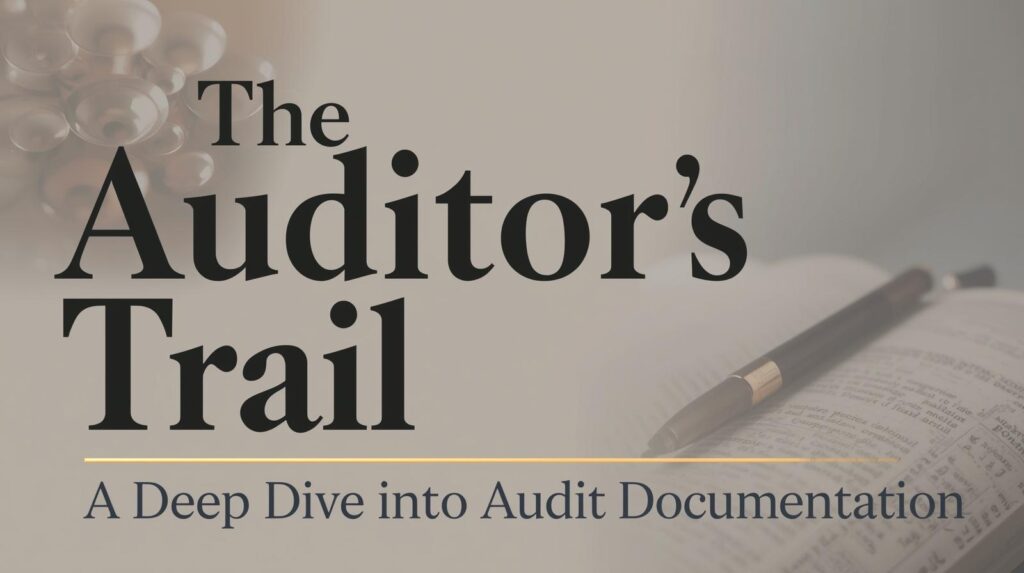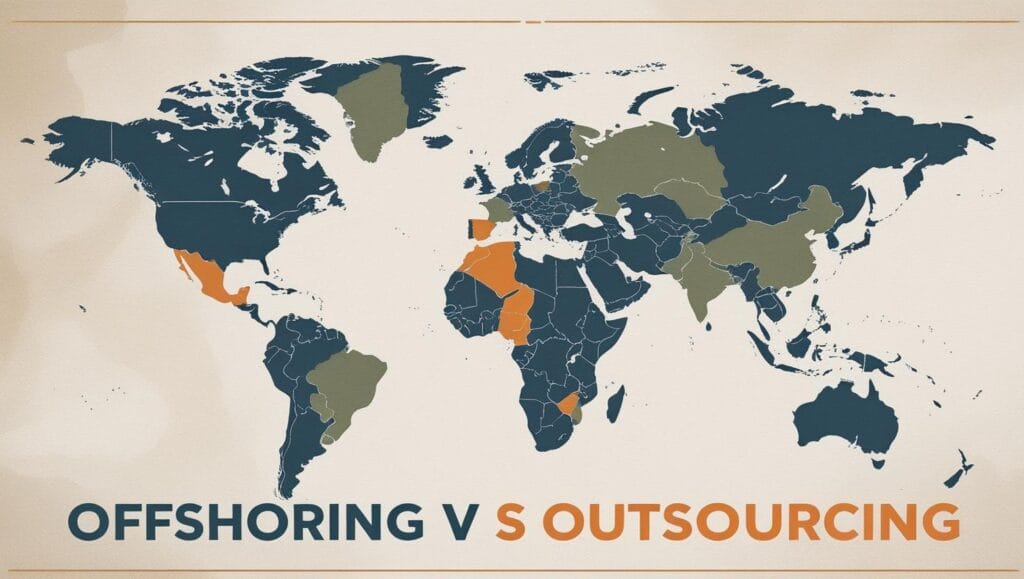The Investor’s Compass: Understanding Risk and the Reasons for Investment
Every journey needs a destination and a map of the terrain ahead. For your financial journey, your goals are the destination, and understanding the reasons to invest is your motivation. But the map must also show the potential hazards—the different types of investment risk. Grasping both sides of this equation is the first and most critical step toward building long-term wealth and achieving financial security.
This guide will serve as your compass. First, we’ll explore the fundamental, powerful reasons why investing is not a luxury, but a necessity for modern financial life. Then, we will navigate the complex landscape of risk, breaking down the different types you’ll encounter and providing the core principles for managing them effectively.
Part 1: The ‘Why’ — Core Reasons to Invest Your Money
Simply saving money is no longer enough. To build a secure future, you need your money to work for you. Investment is the engine that drives this growth. Here are the primary reasons why.
📈 To Beat Inflation
Inflation is the silent erosion of your money’s value. If inflation is 3%, your $100 in a savings account will only buy $97 worth of goods next year. Investing in assets that can return more than the rate of inflation is the only way to increase your real wealth and purchasing power over time.
🌱 For Wealth Accumulation & Compounding
The magic of investing lies in compound interest—earning returns not just on your initial investment, but on your accumulated returns as well. Over decades, this exponential growth can turn modest, consistent investments into substantial wealth, far beyond what you could achieve by saving alone.
🎯 To Achieve Major Financial Goals
Whether it’s a comfortable retirement, funding a child’s education, or buying a home, major life goals require significant capital. A disciplined investment strategy is the most practical and powerful tool to bridge the gap between where you are today and where you want to be in the future.
💰 To Generate Passive Income
Investing can create streams of income that aren’t tied to your active labor. Assets like dividend-paying stocks, bonds, and real estate can provide a regular cash flow, giving you greater financial flexibility and eventually, the freedom to work because you want to, not because you have to.
Part 2: The ‘What’ — Navigating the Types of Investment Risk
With great potential return comes inherent risk. The good news is that risk isn’t something to fear, but something to understand and manage. In finance, risk is broadly divided into two main categories: systematic and unsystematic risk.
The Risk-Return Trade-Off
This is the most fundamental principle of investing: you cannot get higher potential returns without accepting higher potential risk. A safe government bond will offer low, stable returns. A volatile technology stock offers the potential for huge gains, but also for significant losses. Your job as an investor is to find the right balance for your goals and temperament.
Systematic Risk (Market Risk)
Systematic risks are macro-level dangers that affect the entire market or a large segment of it. They are unpredictable and cannot be eliminated through diversification.
- Market Risk: This is the risk of the entire market declining due to events like a recession, geopolitical conflict, or a pandemic. If the S&P 500 falls 20%, most stocks will fall with it, regardless of how well the individual companies are run.
- Interest Rate Risk: This primarily affects fixed-income investments like bonds. When interest rates rise, newly issued bonds offer higher yields, making existing bonds with lower rates less attractive and causing their market price to fall.
- Inflation Risk: This is the risk that your investment returns will not keep pace with inflation, resulting in a net loss of purchasing power. This is a key risk for cash and very low-yield investments.
- Currency Risk (Exchange Rate Risk): If you invest in foreign assets, you face the risk that a change in the exchange rate will devalue your investment when you convert it back to your home currency.
Unsystematic Risk (Specific Risk)
Unsystematic risks are micro-level dangers that are specific to a single company, industry, or asset class. These are the risks that can be effectively managed through diversification.
- Business Risk: The risk that a specific company will perform poorly due to internal factors like poor management, flawed strategy, or operational failures.
- Financial Risk (Credit Risk): The risk that a company will be unable to pay back its debt, potentially leading to bankruptcy. This is a primary risk when investing in corporate bonds.
- Liquidity Risk: The risk that you won’t be able to sell an investment quickly at a fair price. This is common with assets like real estate or shares in small, thinly traded companies.
- Regulatory/Political Risk: The risk that a change in laws or political climate could negatively impact a specific industry or company (e.g., new environmental regulations affecting an energy company).
Core Principles for Managing Investment Risk
You cannot eliminate risk, but you can and must manage it. Smart investing is built on a foundation of sound risk management.
Diversification
The single most powerful tool against unsystematic risk. By spreading your money across different companies, industries, asset classes (stocks, bonds), and countries, you ensure that poor performance in one area doesn’t sink your entire portfolio.
Asset Allocation
This is how you manage your overall exposure to systematic risk. Your asset allocation is the mix of stocks, bonds, and cash in your portfolio. A more aggressive allocation (more stocks) has higher potential return and higher risk, while a conservative allocation has the opposite profile.
Time Horizon
Time is your greatest ally in managing risk. A long time horizon allows you to ride out the market’s inevitable ups and downs. The shorter your time frame, the less risk you should take, as you have less time to recover from potential losses.
Conclusion: Investing with Purpose and Prudence
The decision to invest is a commitment to your future self—a proactive step to grow your resources and achieve your most important life goals. It is the engine of financial progress. At the same time, the path of investing is paved with risk. By understanding the difference between broad market risks and specific company risks, and by using the timeless tools of diversification, proper asset allocation, and a long-term perspective, you can manage that risk effectively. The prudent investor is not one who avoids risk, but one who understands it, respects it, and harnesses it to build a secure and prosperous future.
Frequently Asked Questions (FAQ)
What is the difference between systematic and unsystematic risk?
Systematic risk, also called market risk, affects the entire market and cannot be avoided through diversification. Examples include interest rate changes and recessions. Unsystematic risk, or specific risk, is unique to a specific company or industry (like a product failure or a new regulation). This type of risk CAN be significantly reduced through diversification.
Can I invest without any risk?
No, all investments carry some degree of risk. Even the ‘safest’ investments, like government bonds or a savings account, carry inflation risk—the risk that your returns won’t grow as fast as the cost of living, causing you to lose purchasing power over time. The key is not to avoid risk, but to understand, manage, and align it with your financial goals and time horizon.
What is diversification and why is it important?
Diversification is the practice of spreading your investments across various assets, industries, and geographic regions. It’s the most effective way to manage unsystematic risk. The principle is often summarized as ‘Don’t put all your eggs in one basket.’ If one investment performs poorly, the others in your diversified portfolio can help offset those losses.
How does my age affect my investment risk tolerance?
Generally, younger investors have a longer time horizon until they need the money (e.g., for retirement), so they can afford to take on more risk for potentially higher returns, as they have more time to recover from market downturns. As an investor gets closer to retirement, their strategy typically shifts to capital preservation, involving lower-risk investments like bonds and dividend-paying stocks to protect their accumulated wealth.

